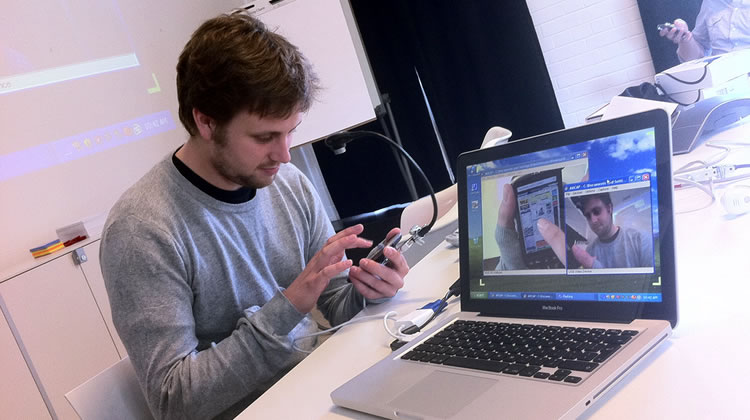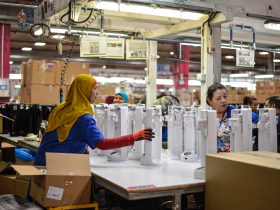The increasing adoption and use of mobile devices in the last few years has resulted in the need to perform usability testing of applications on native cell phones. This is especially useful to enhance the user experience of applications prior to releasing them on the Apple Store or Google Play.
Usability and user tests are generally performed by web development agencies, product marketers, product managers, and usability professionals. This provides them an insightful way to iteratively tweak the functionality and design of websites and digital apps. Correct implementation of the mobile testing procedure significantly improves the usability and user experience.
Different agencies use different types of testing methodologies to perform the remote user and usability testing of the application on popular mobile handsets. If you have a question “how to conduct usability studies” then here we are going to discuss the different procedures. These different user experience testing methods have importance in a specific area.

Some of the popular approaches have been mentioned below:
Amend the app code by inserting a purpose built Software Development Kit
Making changes in the prototype applications and coordinating these changes in a timely and efficient manner.
Root the mobile device
By permitting access to the mobile OS functions and administrative commands can solve the issue. This procedure can also result in a lot of problems in terms of cost, nullifying warranties, loss of data, complexity to perform, etc.
Use of high definition cameras to perform remote usability and user experience tests
This is a hardware solution that provides an incredible view of the interaction of the user with the mobile device. This approach makes use of an affordable and a logistical viewpoint. It uses a group of professional or semi-professional application testers who interact from their workplace or special laboratory for the carrying out usability test.
Strategies to get real user experience
Professional usability testers use a software based solution to provide valuable and usability and user experience. They utilize feedback from customers and prospects on a real-time basis. These customers are chosen in a way that suits their target contextual and demographic persona and profile.
The only drawback of this solution is that it fails to track the movements of fingers. This drawback can be solved by keeping the device in a “Display OverlayView” mode. This mode helps in recording all the interactions of the participants with the mobile. These gestures are recorded on the screen. This provides the researchers with the useful information about the user experience and usability of the application on the mobile device.
The current mobile market is huge and is growing at a rapid pace. It has been estimated that in coming years the number of mobile phone subscribers will even surpass the entire population of the world.
Due to the wide scope of mobile applications, incorporation of the best strategies to conduct usability and user experience tests will benefit the mobile industry and the consumers in a great way.
























